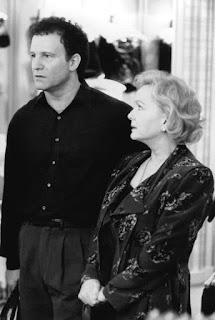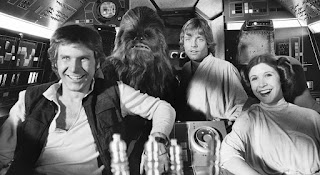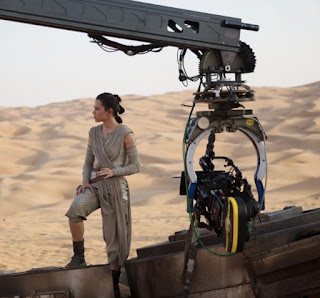By Michael Lyons
When describing Cruella de Vil, author and animation historian John Canemaker once said, “You don’t like her as a person, although you love her as a character.”
So fitting for what many consider to be the greatest baddie to emerge from Disney’s long-line of villains. She first burst onto the screen with her echoing cackle and sickly, green cigarette smoke in Disney’s classic 1961 animated feature 101 Dalmatians.
Cruella has had an indelible impact on audiences for 60 years. She was brought back to the screen twenty-five years ago by Glenn Close in the live-action remake of 101 Dalmatians and will once again return this week in the live-action origin story/prequel, Cruella (debuting May 28 in theaters and on Disney+). In this latest iteration, she is portrayed by Emma Stone.
With a new generation about to discover Ms. de Vil, it’s the opportune time to introduce (or re-introduce) this generation to the artist responsible for first bringing her to the screen: master animator Marc Davis.
Davis, who sadly passed away in 2000 at the age of 86, had a remarkable career at Disney, contributing to many of the studio’s classic films and theme park attractions.
A native of California, Marc studied at San Francisco's Otis Art Institute and the California School of Fine Arts. A friend suggested that Marc apply for a job with Walt Disney's Studio, which he did and was hired in December of 1935.
Marc recalled in a 1998 interview: "During the early days of Disney, the women were all in Ink and Paint. The men were either in some part of Story or Animation. It was kind of like a nunnery or a monastery."
The young artist was put to work on the first full-length animated feature, 1937’s Snow White and the Seven Dwarfs. Several years after this, while creating early conceptual work for a new film at the studio entitled Bambi (1942), Marc's artwork caught the attention of Walt. "I did the young animals in the story," remembered Marc," and apparently, he was delighted with my work and said, 'i want to see this guy's drawings on the screen. Make an animator out of him.'"
This started a career that brought audiences some of Disney's most iconic characters. Marc animated the title characters in Cinderella (1950) and Alice in Wonderland (1951), which led to him creating some of Disney's most memorable female characters, such as Tinker Belle in Peter Pan (1953) and both Princess Aurora and Maleficent in Sleeping Beauty (1959).
“Well, the hardest thing with Maleficent was how to bring her to life," recalled Marc. “She did stand up and make speeches, but that's when I introduced the Raven this way she could work to the Raven. She also had a wonderful voice, Eleanor Audley, wonderful lady.”
After Sleeping Beauty, Marc gave the world Cruella deVil in 1961's 101 Dalmatians. First introduced in author Dodie Smith’s 1956 novel The One Hundred and One Dalmatians (upon which the movie is based), Marc brought the character to life on screen. "She's fascinating to watch," said Canemaker of the Cruella. "She moved in this angular, aggressive way. She's all over the place, almost like a force of nature."
The film would be Marc's last assignment as an animator, as he transitioned over to another department at Disney, later dubbed Imagineering. Here, he had a hand in creating "It's a Small World, "Pirates of the Caribbean,” “The Haunted Mansion,” and other Disney theme park attractions now well-known throughout the globe.
Marc retired from Disney in 1978. He and his wife, Alice, a designer who created the costumes for “Pirates of the Caribbean,” inspired and mentored a new generation of artists at Disney who would go on to develop many of the studio's hit films of the '90s, such as Beauty and the Beast (1991) and The Lion King (1994).
Inducted as a Disney Legend in 1989, the impact of Marc's work is still felt to this day, evidenced by the fact that one of the greatest characters he brought to the screen headlines one of this summer's most eagerly awaited films, Cruella.
How did he do it? Marc said simply, "You have to create characters as an artist, but you also have to be able to bring them to life. That's what Walt Disney wanted, and if you pleased Walt Disney, you were bringing things to life."
Sources:
John Canemaker interview with Michael Lyons, June 17, 1998
Marc Davis interview with Michael Lyons, March 27, 1998




















